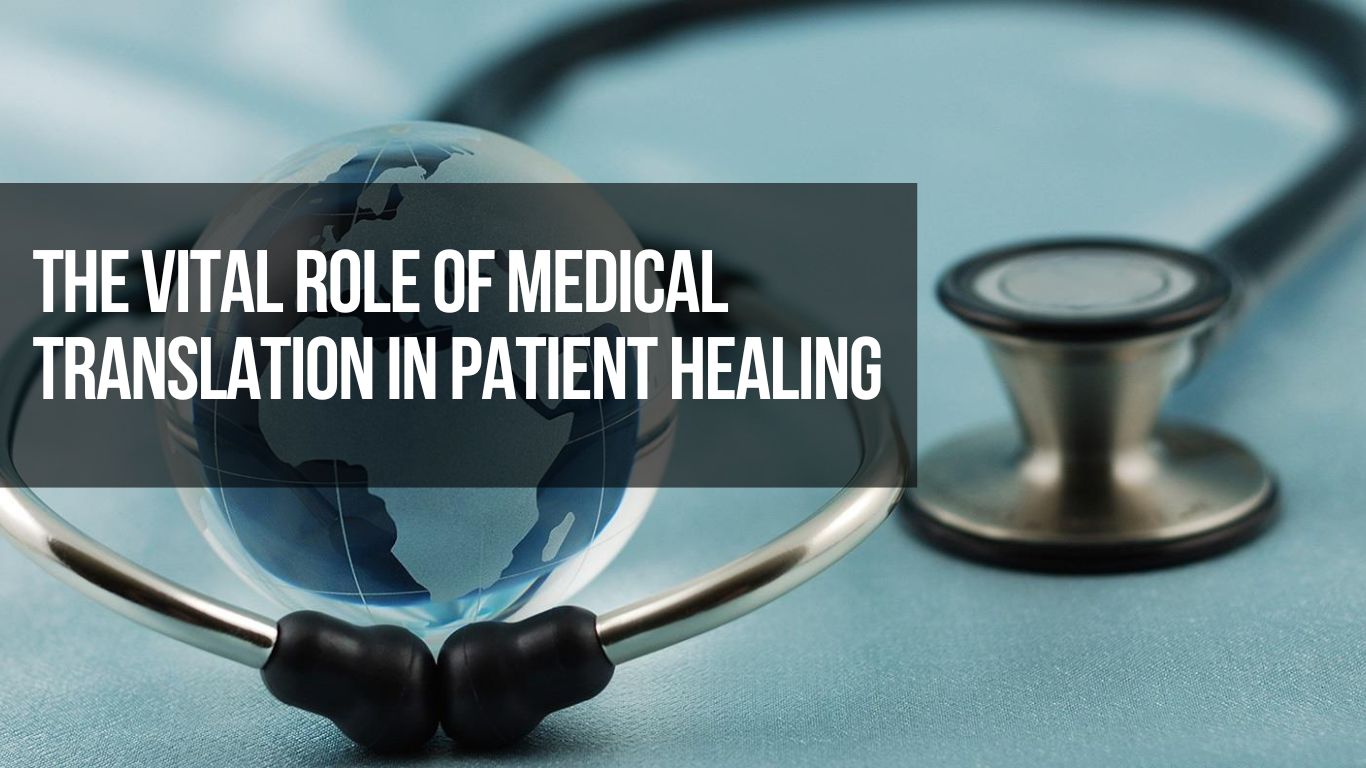In Quadrate, effective communication between healthcare providers and patients who speak different languages is more important than ever. Medical translation plays a crucial role in bridging this language divide and ensuring that patients receive the high-quality care they need to heal.
The Challenges of Language Barriers in Healthcare
 When there is a language barrier between a doctor and patient, even the most basic healthcare interactions become fraught with difficulty and risk. Patients may struggle to explain their symptoms clearly or understand their physician’s instructions for taking medication or adhering to treatment plans. Mistranslations or misunderstandings can lead to serious medical errors that jeopardize patient safety and impede the healing process.
When there is a language barrier between a doctor and patient, even the most basic healthcare interactions become fraught with difficulty and risk. Patients may struggle to explain their symptoms clearly or understand their physician’s instructions for taking medication or adhering to treatment plans. Mistranslations or misunderstandings can lead to serious medical errors that jeopardize patient safety and impede the healing process.
Consequences can range from minor inconveniences like missed appointments due to confusion over scheduling, to life-threatening situations where vital information is lost in translation. One study found that patients with limited English proficiency were more likely to be re-admitted to the hospital or experience an adverse event compared to English speakers. Simply put, language barriers make it harder for patients to get and stay well.
The Solution: Accurate, Culturally-Aware Medical Translation
 Skilled medical translators and interpreters are the bridge that connects patients and providers across languages. More than just converting words, they ensure that the full meaning and context gets accurately communicated, accounting for cultural nuances that could impact a patient’s understanding. With clear lines of communication, patients can better navigate the healthcare system, follow treatment regimens properly, and ultimately experience better outcomes that get them on the road to recovery faster.
Skilled medical translators and interpreters are the bridge that connects patients and providers across languages. More than just converting words, they ensure that the full meaning and context gets accurately communicated, accounting for cultural nuances that could impact a patient’s understanding. With clear lines of communication, patients can better navigate the healthcare system, follow treatment regimens properly, and ultimately experience better outcomes that get them on the road to recovery faster.
Professional medical translators have in-depth knowledge of industry terminology and stay up-to-date on the latest advancements and best practices. They translate patient records, discharge instructions, informed consent documents, and other vital information with precision. On-site or over-the-phone interpreters can facilitate real-time communication between providers and patients with limited English skills.
As the U.S. population grows more diverse, with over 25 million individuals having limited English proficiency, the need for these vital language services continues to increase. Healthcare organizations that prioritize professional medical translation strengthen care quality, improve patient satisfaction, and mitigate the legal and safety risks of miscommunication.
Investing in Language Services Supports Healing
From admission through treatment and follow-up care, clear provider-patient communication is essential for achieving positive medical outcomes and full patient healing. Medical translation aids understanding, builds trust, and empowers patients to take an active role in their care journey. By bridging language gaps, healthcare organizations create a more equitable environment where all patients can get the attention and high-quality treatment they deserve.

